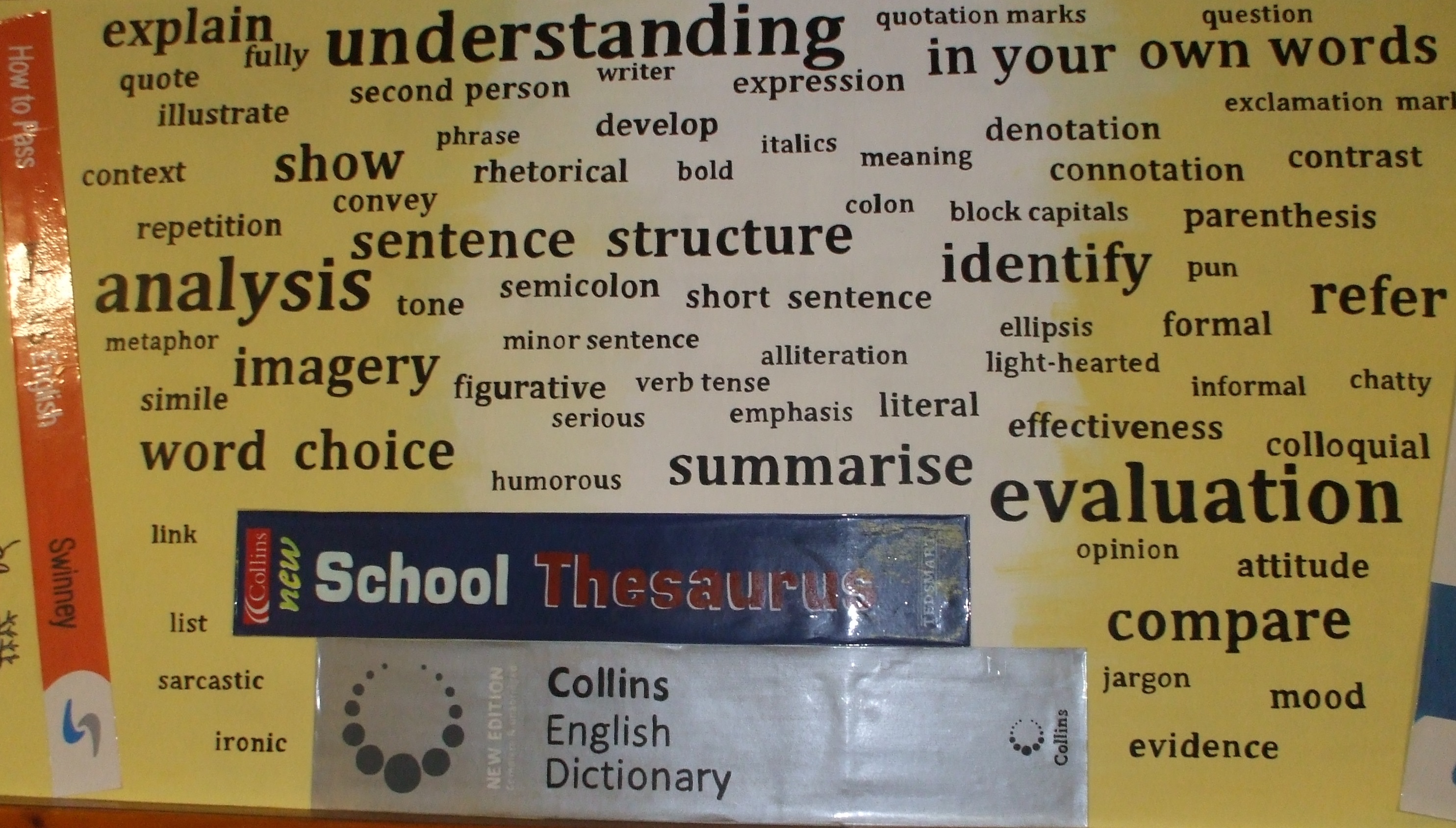The Pedestrian
by Ray Bradbury
http://wn.com/The_Pedestrian_by_Ray_Bradbury_animated
In “The Pedestrian,” Ray Bradbury shows that if mankind advances to the point where society loses its humanity, then mankind may as well cease to exist.
Leonard Mead is associated with warm, bright light, which is symbolic of soul. If, during his night walks, people are alerted to his presence, “lights … click on”. In essence, the embodiment of humanity is about. Mr. Mead’s house beams “loud yellow illumination”. He is close to nature. Something as simple as taking a walk is “what Mr. Leonard Mead most dearly loved to do.” Man is most human when surrounded by the elements. His shadow is described as the “shadow of a hawk,” relating him to a wild and free-spirited bird. Finally, Mr. Mead is brought into a parallel with the most tender and human holiday observed in the western world when the rush of cold air makes his lungs “blaze like a Christmas tree”. The combination of these elements makes Mr. Mead a true representative of humanity.
As a contrast to the humanity portrayed by Mr. Mead, Bradbury has mirrored the characteristics of progress in the police car. The car, as well as Mr. Mead, is associated with light. The light of the car, however, displays the absence of humanity. Rather than the “warm” light of Mr. Mead, the car possesses a “fierce” and “fiery” light that holds humanity “fixed” like a “museum specimen”-something from the past that should be looked at behind an impersonal plate of glass. When not holding humanity captive, the car’s lights revert to “flashing … dim lights,” showing the absence of any real soul. The car is representative of several modern inventions, thereby embodying mankind’s advancement. It is itself a robot, and it speaks in a “phonograph voice” through a “radio throat”. The omission of a human driver emphasizes cold, “metallic” progress. There is “nothing soft” about the car; all traces of humanity have been cleaned from its “riveted steel” with a “harsh antiseptic”. Altogether, these features create a picture of unfeeling progress.
The disdain that progress shows for humanity, which results in mankind’s loss of soul, is shown through the interaction of Mr. Mead and the police car. The car does not comprehend the need for humanity. It does not understand Mr. Mead’s desire to get back to nature-to walk just “to see”. It cannot fathom why Mr. Mead has no inclination either to sit in front of a “viewing screen” or to breathe air from an “air conditioner” When the car assigns Mr. Mead “no profession,” it is denying the existence of humanity. Progress sees no need for humanity; therefore, the car makes no real effort to relate to Mr. Mead. It just locks him away in the “black jail” of its back seat and takes him away. Bradbury poignantly has progress drive away the remnants of humanity.
Bradbury stresses death in his imagery to emphasize what life would be like in a world that has let progress drive humanity away. He sets the story in November, near the onset of winter, signifying the coming of death. The dead leaves scattered on the ground are etched with a “skeletal pattern”. When Mr. Mead chooses to walk in a “westerly direction,” the direction in which the sun sets, it also signifies the coming of death. The streets are described as “dry river beds”; there is no life in them. People sit “dead” in their “tomblike” homes; walking through the neighbourhood is similar to walking through a “graveyard”. Bradbury’s world without humanity has virtually ceased to exist.
In “The Pedestrian,” Bradbury has given a warning of what might lie ahead if mankind relinquishes its humanity to progress.
The Murderer
by Ray Bradbury
The plot of this short story is relatively simple: Mr Albert Brock, sentenced to six months for ‘killing’ his house, gives an account of the events leading up to his imprisonment to the psychiatrist assigned to assess his mental state. It is Brock himself who uses the term ‘murder’ to describe what he did to the various technological gadgets, devices and appliances within his house.
The world of the story is one of constant noise. In the opening paragraph, the reader follows the progress of the psychiatrist through ‘white halls’, which echo to the sound of music emanating from every office and corridor. The music has a life of its own: a secretary sits ‘nicely stunned by Beethoven’s Fifth’ as the various melodies buzz around the ‘beehive of offices’ like industrious bees.
When the psychiatrist enters Interview Chamber Nine to interview the ‘prisoner’, Mr Albert Brock, he immediately feels that there is something wrong. It turns out that it is the silence in the room that is making the psychiatrist uncomfortable. Mr Brock had ‘kicked the radio to death’ yet this apparently violent man has a ‘smile that shed bright light upon the room’.
Much of the story consists of the dialogue between the two men as Brock tries to explain to the increasingly bemused psychiatrist why he did what he did.
It appears that he (and almost certainly Bradbury himself) is against machines and gadgets etc, which, rather than serving a useful purpose, stifle individuality and man’s ability to think for himself and take control of all aspects of life. For example, with echoes of ‘The Pedestrian’, Bradbury’s character describes the television as a ‘Medusa, which freezes a billion people to stone every night.’ Brook, however, unlike Leonard Mead, does own a television but he shoots it dead.
However, Brock (and Bradbury?) is keen to make it clear that it is not technology per se that he is against but its misuse. Brock, for instance, refers to the Insinkerator (a garbage disposal unit) as a practical device, which performed the function for which it was designed efficiently and quietly. It had been an ‘innocent bystander’ caught up in his killing spree (it choked when he shoved the telephone down it) and he intends to have it repaired.
Although there are various examples of humour throughout the story (he describes the telephone as a ‘spoiled brat’ and spoons ‘French chocolate ice cream’ into his car radio) the message/theme is nevertheless serious. We are in danger of assigning too much importance to devices originally intended to improve our quality of life not diminish it. The wrist radio of the story is a direct parallel to the present day mobile phone – the must-have accessory. The mobile phone is, undeniably, a useful gadget: it allows us to contact others quickly in the event of an emergency and gives parents added peace of mind knowing their children can contact them easily when they are away from home. Certain models allow you to access the Internet, to take and send photographs and to play games etc. The problem, however, is that we are in danger of taking things too far. How long before the mobile phone becomes too ‘temptingly convenient’ and trivialises conversation and creates an unhealthy dependence? How many children already find it difficult to conceive of surviving a week without their mobile phone?
It is this dependence that the story, for all its humour, is warning us about. It is one thing to strive to improve the quality of life by developing labour saving devices and inventing new means of communicating with others. It is quite another thing altogether when these devices control people’s lives (Brook’s car radio allows his every move to be monitored) or reduce people to quivering wrecks (like Brock’s wife) if, for some reason the devices fail or break down. On the bus home from work Brock listens in on the various ‘conversations’ taking place between husbands and their wives at home. The ‘conversations’ consist of meaningless commentaries of the bus journey and the like. When Brock disrupts the signals for the wrist radios, chaos ensues as the people on the bus are ‘faced with having to converse with each other’ and panic. Ironically, a device designed to enable people to communicate with others has actually robbed them of the ability to communicate and interact with others face-to-face.
In the world of the story, there is noise everywhere: in offices; in the streets; on public transport; even in Brock’s own home. He talks of his house as being alive because in a way it is. Even the front door talks to him, telling him to wipe his feet. It makes him feel like an intruder and a nuisance in his own home. It is little wonder that he should decide to ‘murder’ his house.
The irony of it all, for Brock, is that reports of his one-man stand against technology have been broadcast worldwide on the very devices against which he is protesting. He firmly believes that others will follow his example and take back control of their lives from the machines.
The psychiatrist is not impressed. He leaves Brock to his silence and concludes that Brock simply ‘refuses to accept the simplest realities of his environment and work with them’. With that the psychiatrist replaces the wrist radio which Brock cracked between his teeth ‘like a walnut’ with another which ‘buzzed like a wounded grasshopper’. This is not the only time that the wrist radio is compared to an insect, droning and buzzing persistently, refusing to be ignored. The psychiatrist, however, lets himself be dictated to by this and the other devices around him – the telephone and the intercom – and his reality is being at their beck and call forever as reflected in the final repetition upon repetition of wrist radio, intercom, telephone, wrist radio, intercom, telephone…









Leave a comment